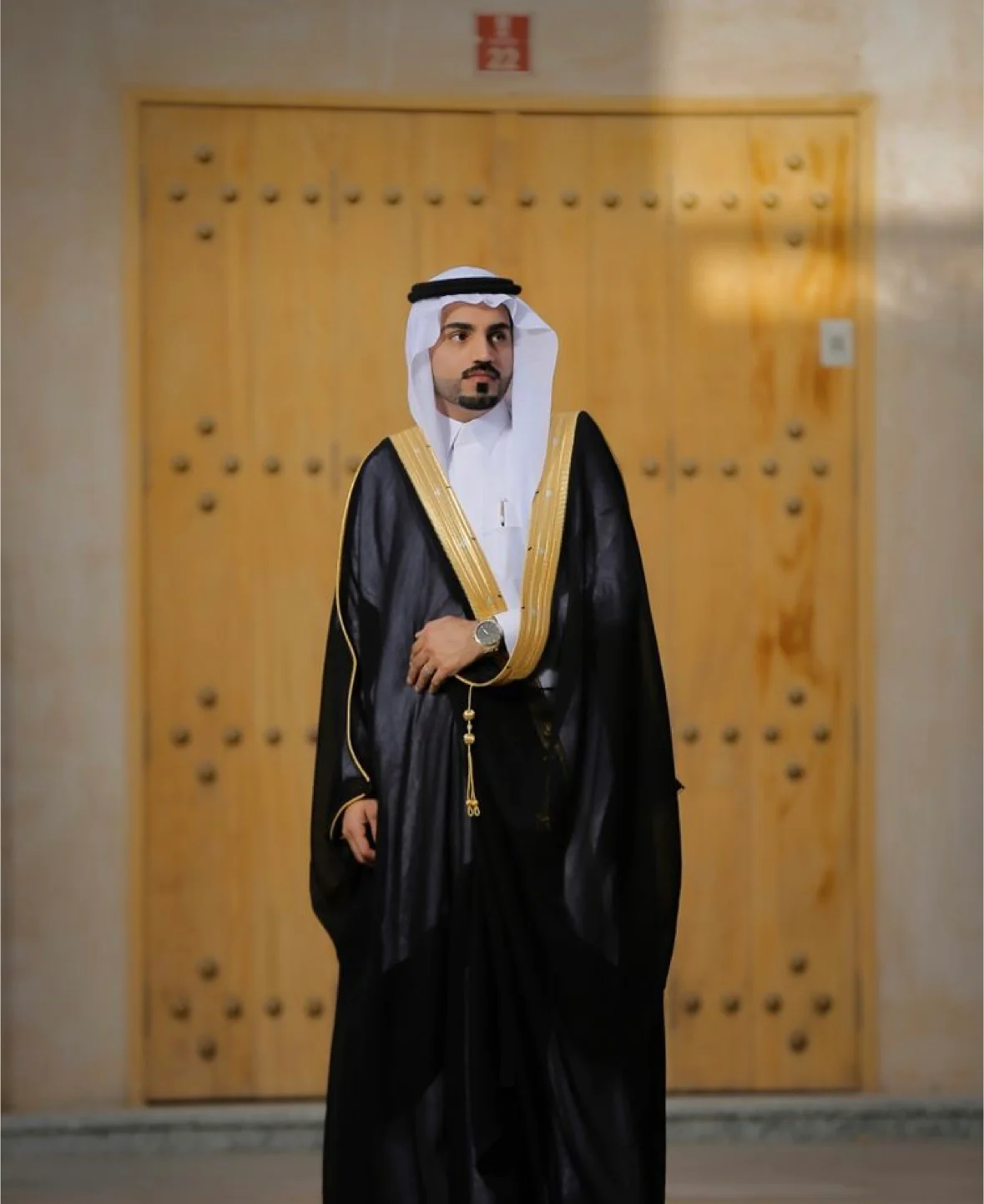10 Things You Need to Know About the Bisht!
- Maqina Team
- Nov 18, 2023
- 3 min read

Messi’s Iconic Cloak at the 2022FIFA World Cup

The moment when Lionel Messi was dressed in a long black cloak by Emir of Qatar Sheikh Tamim bin Hamad Al Thani, just a few minutes before the Argentinian captain got his hands-on the FIFA World Cup trophy, caught the attention and confusion of millions around the globe. What is this black Arabian cape with gold trimmings that shrouded the Argentinian soccer star? What is a Bisht? And what is the significance of this revered garment? In this article, we will delve into the top 10 things you need to know about the Bisht that made Messi’s World Cup appearance even more spectacular!
Dating back several centuries ago! Dating back to the fifth century, the Bisht was originally designed to protect the skin of nomadic shepherds and Bedouins traveling through harsh desert climates—both cold and hot. The word is derived from Persian, meaning “on one’s back.” Over the centuries, the traditional cloak eventually became a symbol of wealth and status!
What is a Bisht? A long time ago, the hand-woven cloak was made of camel hair and goat fur. The Bisht was highly breathable, thanks to the process of weaving and spinning the fabric together—usually black, brown, beige, or gray. Over time, hand-spun gold and silver embroidery and embellishments were added, giving the striking attire a lasting sheen!
Sign of wealth and power! Traditionally worn by Arab dignitaries during ceremonial occasions, the Bisht has deep cultural significance in the Middle East. In Arabian Gulf countries, such as the United Arab Emirates, Qatar, and Saudi Arabia, the traditional flowing cloak was a sign of wealth and power. Since the early 1900s, royalty, politicians, religious scholars, and high-ranking individuals frequently wear the Bisht.
It can cost up to $9,000! Bishts can differ significantly in price depending on factors such as the quality of the materials, craftsmanship, design complexity, and brand reputation. A well-crafted Arabian Bisht can cost anywhere from a few hundred to several thousand dollars, with the most expensive going for $9,000, and it can be made from camel, lama hair, or goat wool. Designed by Qatari tailor Muhammad Abdullah Al-Salem, Lionel Messi’s black robe cost just $2,000 (QAR 8,000).Messi’s hand-embroidered cloak was made from Japanese Najafi fabric.
Different ways to wear it! The common way to wear a Bisht is to insert the hands inside the arm openings, but some countries wear it differently. In Saudi Arabia, for example, the wearer places the right hand inside the long cloak while the left hand stays outside so that he can grasp his side and greet others with the right hand. Both hands are taken out of the Bisht in Kuwait, while both hands are entered in the traditional cloak in the United Arab Emirates and Bahrain.
6-Worn on special occasions The Bisht is worn on special occasions like weddings, festivals, graduations, and Eid. For Friday prayers, many imams and faithful Muslims wear this flowing cloak. Men of status, such as scientists, businessmen, and politicians also usually wear the traditional cloak.
Appreciation for cultural diversity Messi’s decision to wear the Bisht during the FIFA World Cup shows his appreciation for diverse cultures and respect for the host nation, let alone fostering a connection between soccer and traditional attire. We promote inclusivity and celebrate cultural diversity by embracing garments like the Bisht.
Variety of colors! Black, brown, beige, cream, or gray are the most common colors of Bisht. But new colors were introduced to the Bisht market in the early 1990s. Younger generations tend to wear blue, grey, and maroon. 39-Summer and winter bishts! There are two types of Bishts based on the fabric: summer Bishts and winter Bishts. Summer Bishts are usually expensive due to their long knitting period and good yarns. They come in several types, including Swiss, Najafi, Doraki, Super Japanese, Japanese Deluxe, Japanese, London, and Saudi (Hasawi). A winter Bisht is typically made of coarse thread, such as lint, and it is not as accurate as a summer cloak, such as the burqa, which is usually black or white. Its types include Super Kashmir, Bushehr wool, and Jaber lux wool.
Dry-cleaned or hand-washed only! Bishts should be hand-washed or dry-cleaned. It is not recommended to iron them, as this may damage the fabric. You should also keep Bishts in a cool and dry place, and do not expose them to water or perfume. Having learned more about the fascinating world of the Bisht, you can appreciate its significance beyond just being a piece of clothing. From its rich history to its manufacturing and types, this flowing cloak has captured the hearts of many around the world. Now, it is an opportune time to embrace tradition and add an elegant touch to your wardrobe with a beautiful Bisht
















